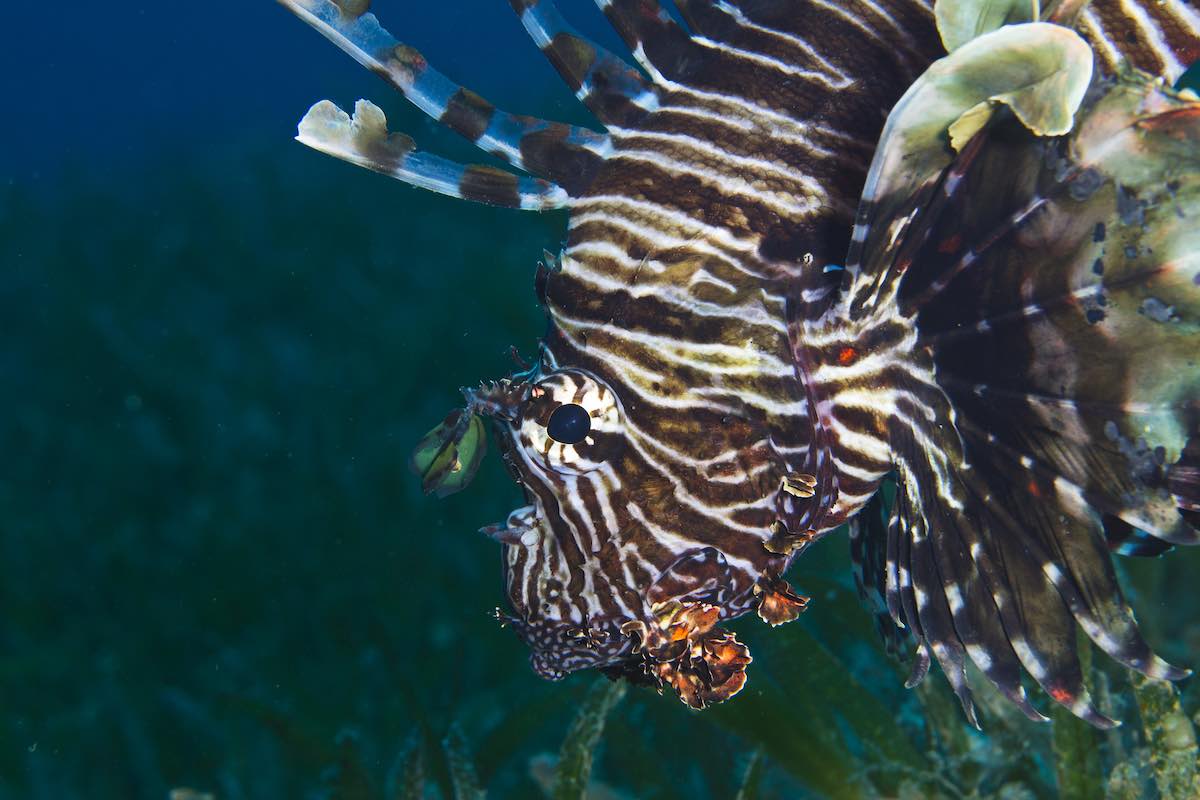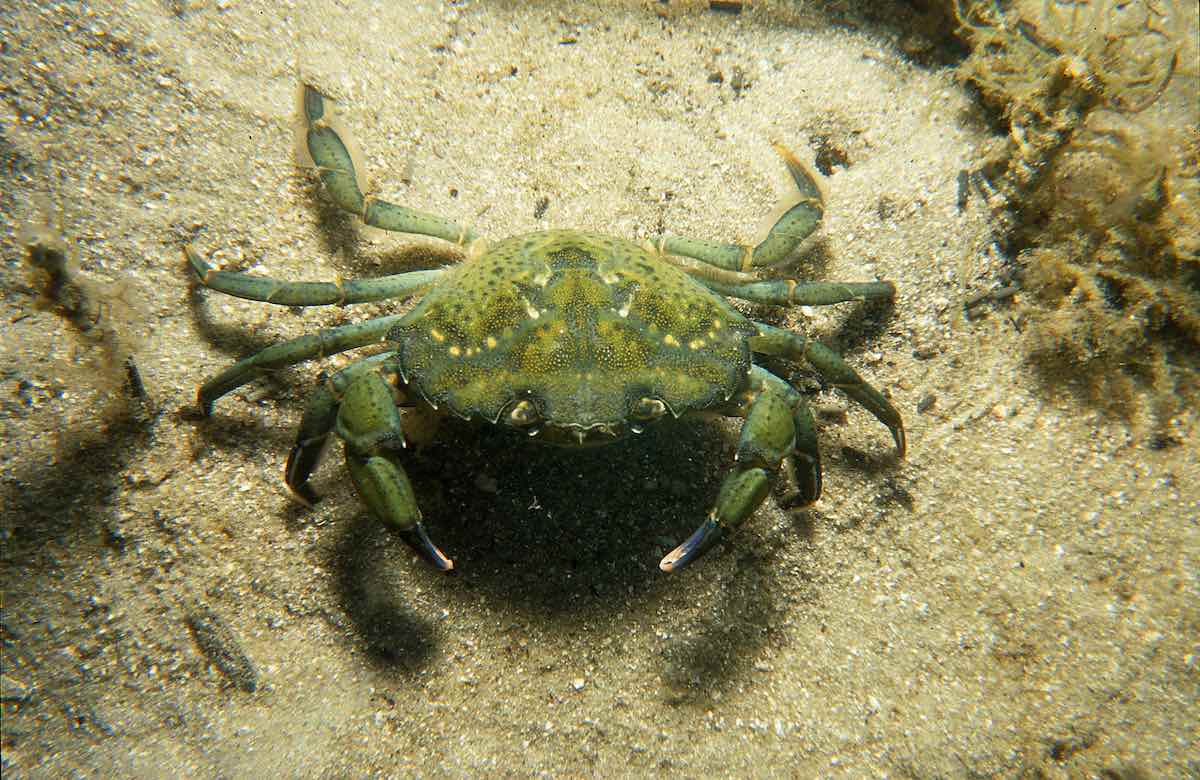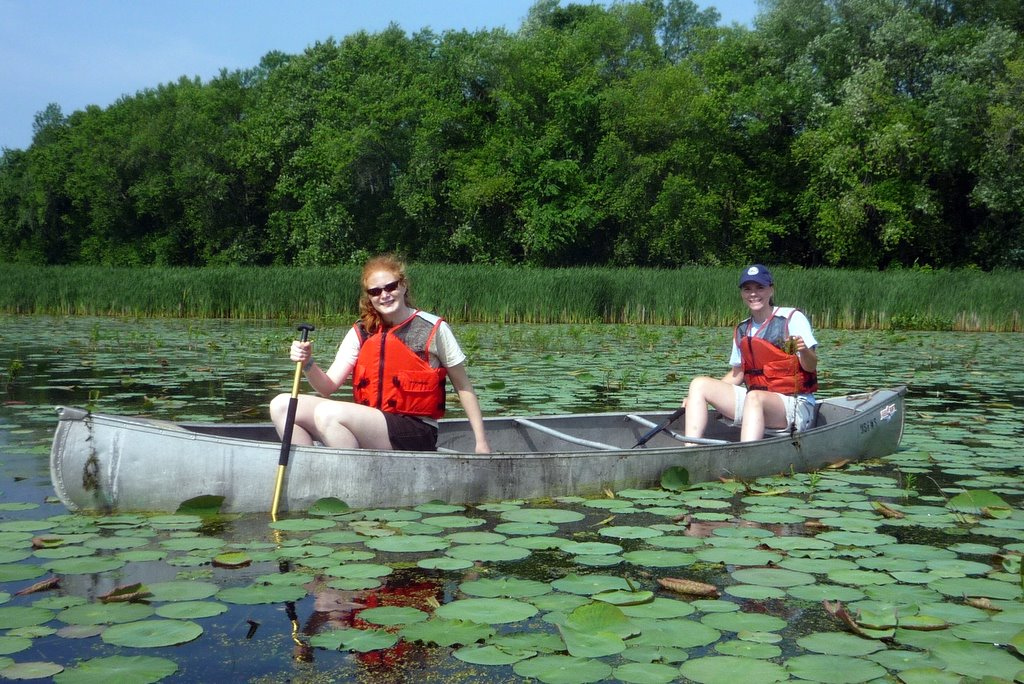What are Invasive Species, Really? And What Can We Do About Them?
Everything you need to know about our ocean’s least wanted species

You may have heard of invasive species before—lionfish are swimming through coral reefs, boa constrictors are sneaking through the Everglades and nutria are plowing through wetlands in the Gulf. But what are invasive species, really? In honor of National Invasive Species Awareness week, we’re here to give you the lowdown on invasive species: what they are, how they got here and what you can do to help.
So, what are invasive species?
Invasive species are species that are not native to an ecosystem, and whose introduction causes harm (or is likely to cause harm) to humans, the environment or the economy. It’s important to note the distinction between invasive and non-native: all invasive species are non-native, but not all non-native species are invasive. A plant or animal can be introduced but not proliferate or cause harm. As soon as that organism starts to cause harm, it is classified as invasive.
In order to survive and reproduce in a new habitat, invasive species need to easily adapt to unfamiliar environments. They’re typically generalists, meaning they’re not picky eaters, and reproduce quickly. Once they become established in an ecosystem, they can be very hard to get rid of.

Why are they a problem?
Invasive species are one of the biggest threats facing our environment today. 42% of species that are listed as Threatened or Endangered are at risk due to invasive species. Also, invasive species account for $1.4 trillion in damage annually.
Invasive species can compete with native species for food, disrupt the local food chain, introduce new diseases, alter the habitat and clog waterways. They can also have massive implications for local economies. For example, European green crabs thrive in their invaded range—they will practically try to eat anything their size or smaller, and one crab can consume three-dozen small mussels a day. They’re expertly skilled at digging up and cracking young clams and oysters, and are suspected to be primarily responsible for shutting down commercial clam harvesting in parts of Maine.
How do they get here?
Release of non-native species in the environment can be intentional or unintentional. Some marine invasive species can hitchhike on ships or in ballast water (like the zebra mussel who was released by ships into the Great Lakes and cause about $1 billion in damage annually). And in a time of massive global trade where 45,000 cargo ships move more than 10 billion tons of ballast water worldwide each year, conditions are ripe for invasive species to spread. Every day, about 7,000 species might be transported in ballast tanks. Of course, not all of these will survive in a new location, but all it takes is a few hearty holdouts to cause damage.
They can also be intentionally introduced. Some pet owners who can no longer take care of their fish will release them into the wild. This is not only bad for the fish (most likely the fish be distressed and/or consumed by native fish), but exotic fish could introduce disease, prey on native fish or become established in their new environment. Currently, at least 185 different species of exotic fish have been found in United States waters, and 75 of these species are known to have breeding populations. More than half of these introductions are from people releasing aquarium fish into the wild.

What can I do to help?
Fortunately, there are ways you can help combat invasive species right now! Here are a few ideas to get you started:
- Don’t release your pets. This is an easy one! If you can no longer care for your pet, many shelters and pet stores will take them back. It’s better for the animal (don’t listen to Finding Nemo on this one—dumping your fish back in the ocean is bad news!)
- Clean, drain, dry: After using your motorboat, kayak, paddle board or scuba equipment, be sure to remove any attached mud or plants. And be thorough: even tiny plant fragments could be home to larvae of invasive species! Then, drain all water from bait buckets, motors, scuba gear, waders and any other object that might hold liquid.
- Keep an eye out: If you see a species you don’t recognize while on a hike, scuba diving or kayaking, take a photo. Then follow up with a park ranger or other expert. Early detection of non-native species is key to keeping them from becoming invasive.
- Join removal efforts: No matter where you live, chances are you’ll be able to find invasive species volunteer opportunities nearby. Check out your closest state or national park’s website to see if they host invasive species walks. Many organize half-day hikes where you learn to identify and removal invasive plants. It’s easy to combine invasive species removal with other recreation, too—you can hire guides to spearfish for lionfish, or bow hunt for snakehead, for example.
This National Invasive Species Awareness Week, take some time to learn about invasives in your area! We can all help combat this problem, one invasive species at a time.